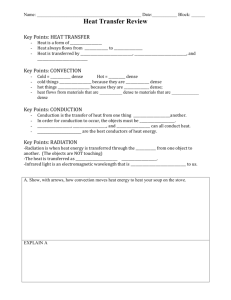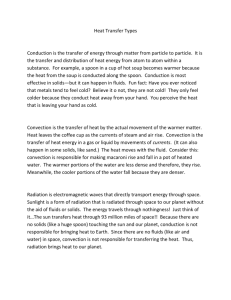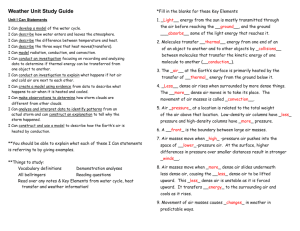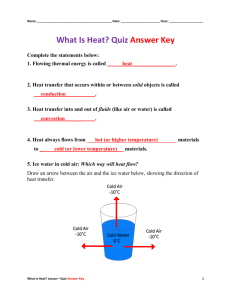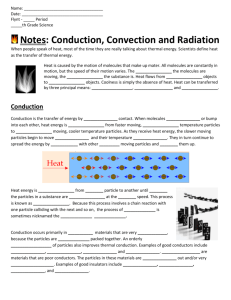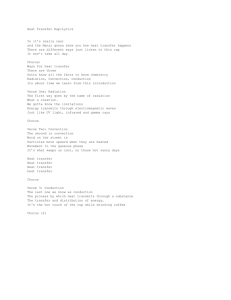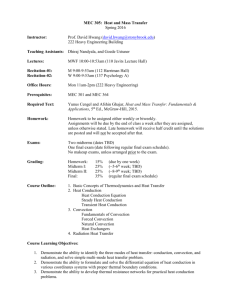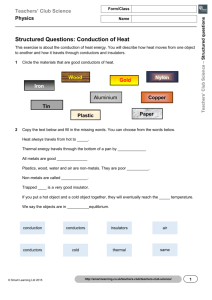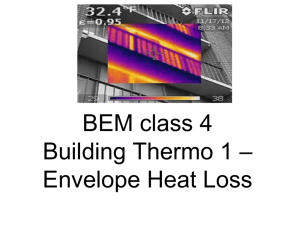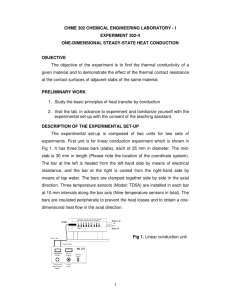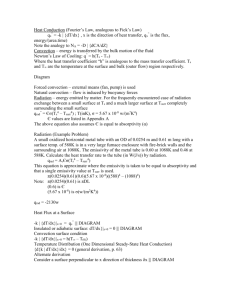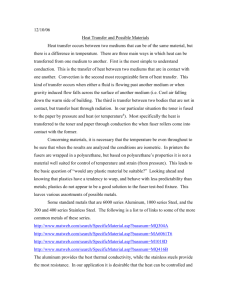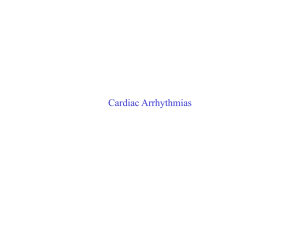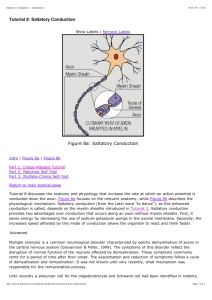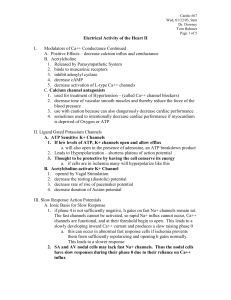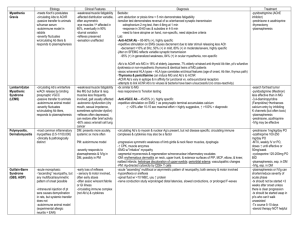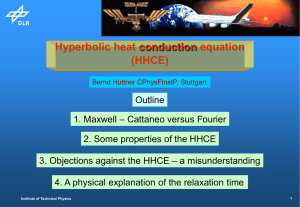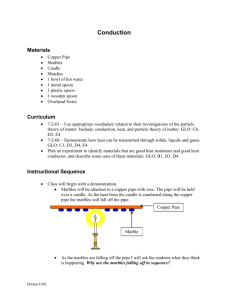PHYSICS OF FOIL - P1 International
advertisement
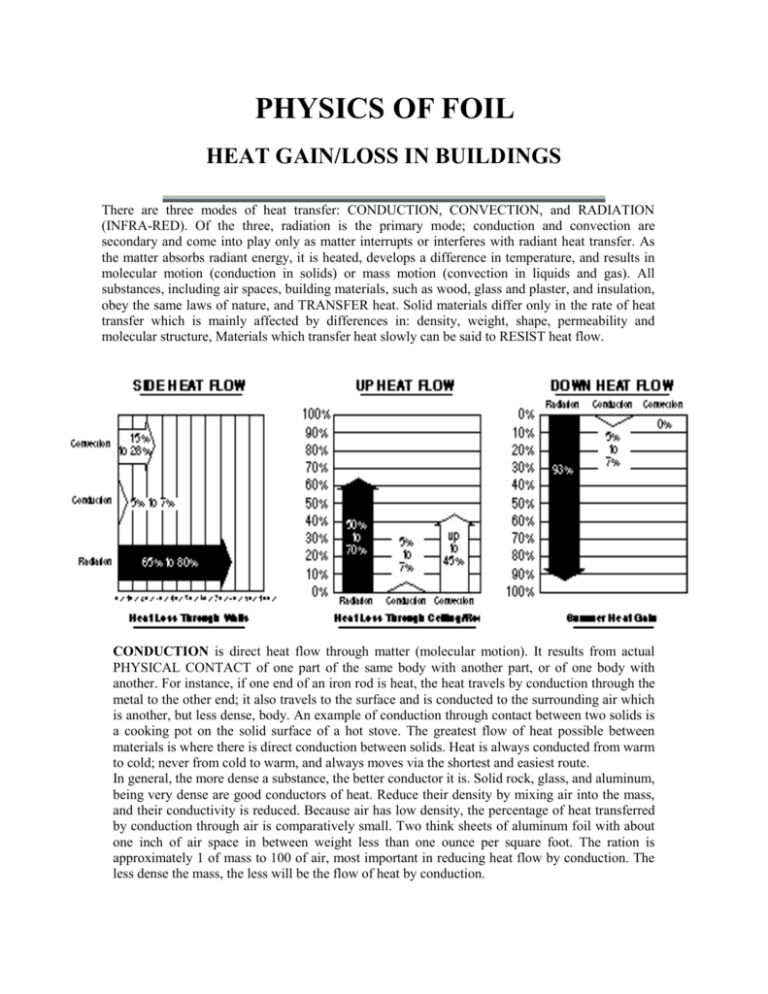
PHYSICS OF FOIL HEAT GAIN/LOSS IN BUILDINGS There are three modes of heat transfer: CONDUCTION, CONVECTION, and RADIATION (INFRA-RED). Of the three, radiation is the primary mode; conduction and convection are secondary and come into play only as matter interrupts or interferes with radiant heat transfer. As the matter absorbs radiant energy, it is heated, develops a difference in temperature, and results in molecular motion (conduction in solids) or mass motion (convection in liquids and gas). All substances, including air spaces, building materials, such as wood, glass and plaster, and insulation, obey the same laws of nature, and TRANSFER heat. Solid materials differ only in the rate of heat transfer which is mainly affected by differences in: density, weight, shape, permeability and molecular structure, Materials which transfer heat slowly can be said to RESIST heat flow. CONDUCTION is direct heat flow through matter (molecular motion). It results from actual PHYSICAL CONTACT of one part of the same body with another part, or of one body with another. For instance, if one end of an iron rod is heat, the heat travels by conduction through the metal to the other end; it also travels to the surface and is conducted to the surrounding air which is another, but less dense, body. An example of conduction through contact between two solids is a cooking pot on the solid surface of a hot stove. The greatest flow of heat possible between materials is where there is direct conduction between solids. Heat is always conducted from warm to cold; never from cold to warm, and always moves via the shortest and easiest route. In general, the more dense a substance, the better conductor it is. Solid rock, glass, and aluminum, being very dense are good conductors of heat. Reduce their density by mixing air into the mass, and their conductivity is reduced. Because air has low density, the percentage of heat transferred by conduction through air is comparatively small. Two think sheets of aluminum foil with about one inch of air space in between weight less than one ounce per square foot. The ration is approximately 1 of mass to 100 of air, most important in reducing heat flow by conduction. The less dense the mass, the less will be the flow of heat by conduction.

